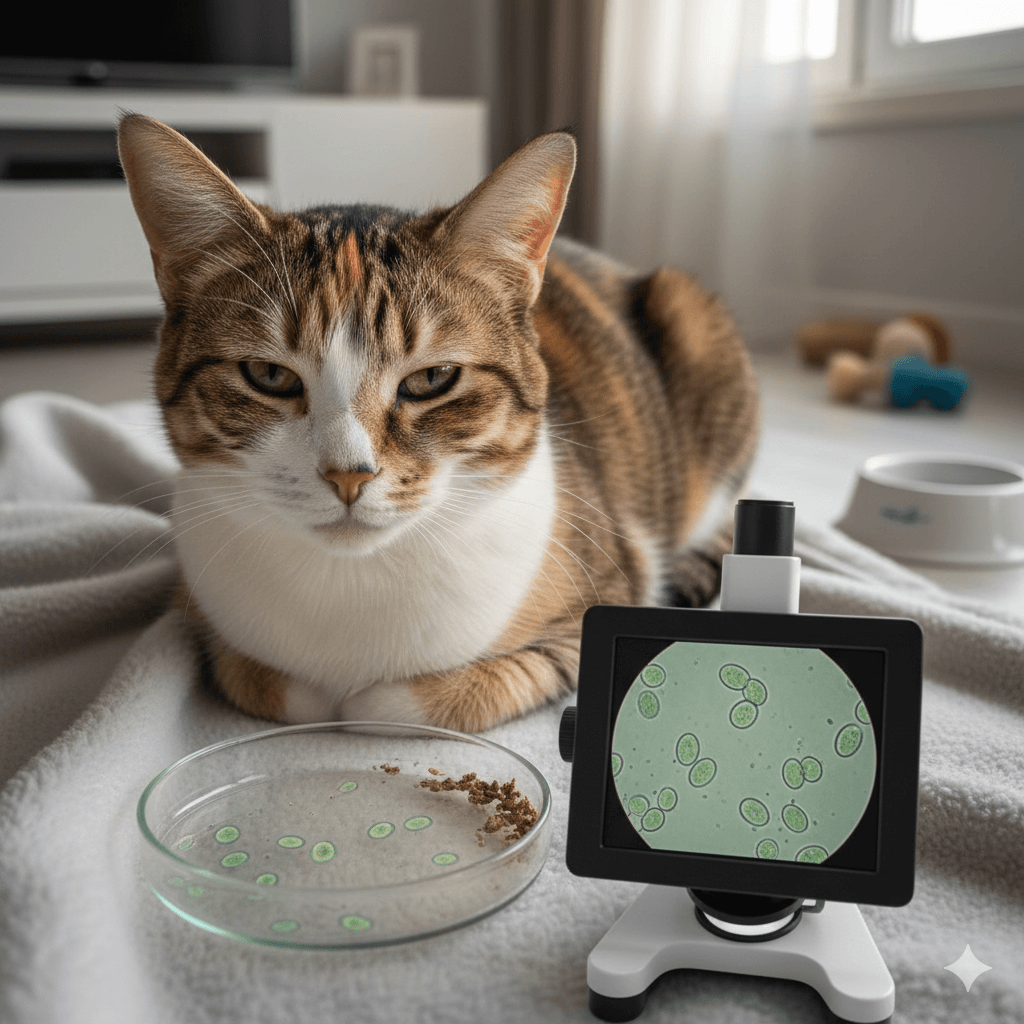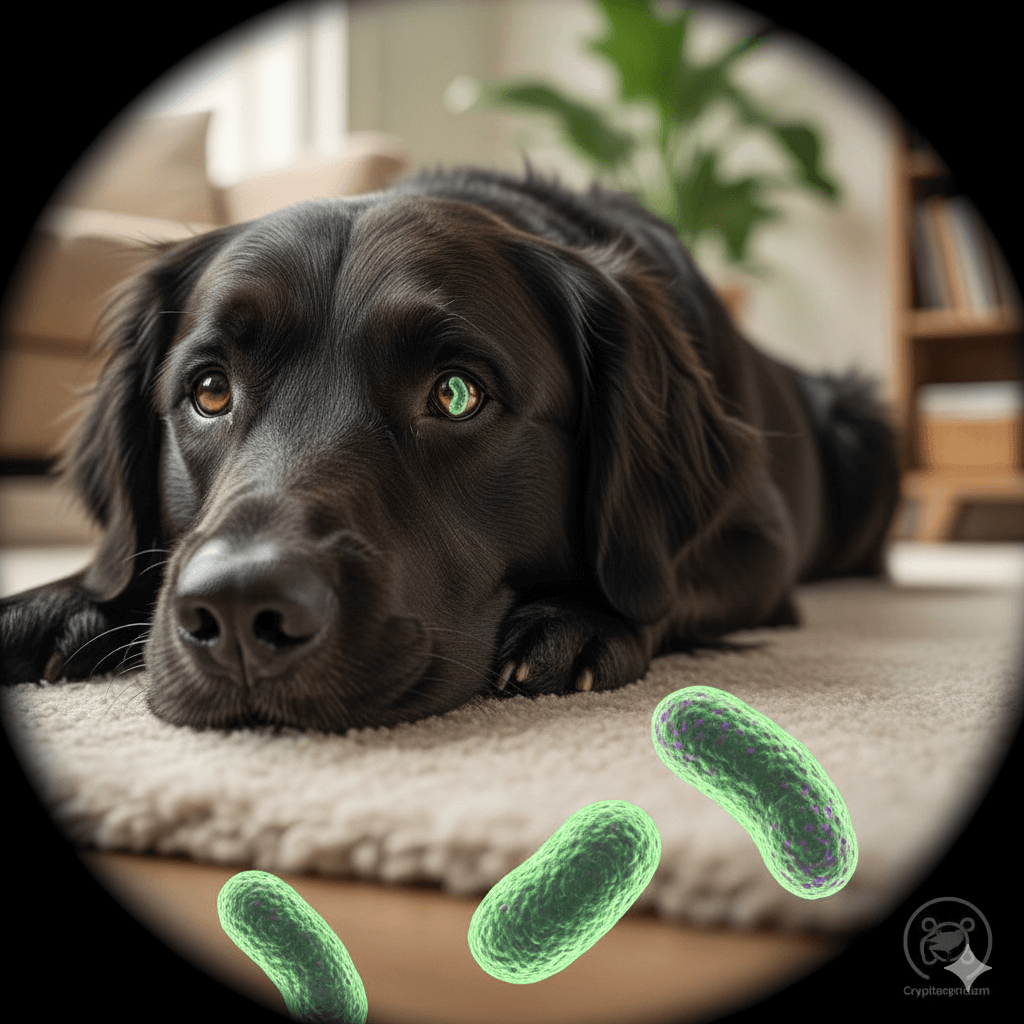Where Is the Expiration Date on Dog Food? A Complete Guide for Pet Owners
As a responsible pet owner, ensuring your dog’s food is fresh and safe to eat is one of the most important aspects of their care. But have you ever found yourself wondering, “Where is the expiration date on dog food?” Locating this crucial piece of information can sometimes be tricky, especially since different brands and packaging types display it in various ways. Understanding how to find and interpret the expiration date is essential for maintaining your dog’s health and avoiding potential risks associated with spoiled food. In this blog post, we’ll guide you through everything you need to know about identifying the expiration date on dog food, storing it properly, and recognizing signs that it may have gone bad.
How to Locate the Expiration Date on Dog Food Packaging
The expiration date on dog food is typically printed somewhere on the packaging, but its placement can vary depending on the brand and type of food. Here are some common places to look and tips to help you find it quickly.
Top or Bottom of the Bag:
For dry dog food stored in bags, the expiration date is often printed on the top seal or along the bottom edge of the packaging.Side Panels:
Many brands print the expiration date on the side panels of the bag, usually near other product details like weight or ingredients.Back Label:
Some manufacturers place the expiration date on the back of the package, often close to the barcode or nutritional information.Lids of Containers:
For wet dog food or treats sold in plastic containers, check the lid or rim for the expiration date.Individual Pouches:
If your dog’s food comes in single-serving pouches, the expiration date is usually printed on the back or bottom of each pouch.
Once you’ve located the expiration date, make sure to note it down or mark it clearly to avoid confusion later. Knowing where to look will save you time and ensure you’re feeding your dog only the freshest food.
Understanding the Different Terms Used for Expiration Dates
Not all dog food packaging uses the term “expiration date.” Instead, manufacturers may use alternative phrases that indicate when the food is no longer at its best quality. Here’s a breakdown of the terms you might encounter.
Best By Date:
Indicates the date until which the food will maintain its optimal flavor and nutritional value. It doesn’t necessarily mean the food is unsafe after this date.Use By Date:
Suggests the last date by which the food should be consumed for peak quality. This term is more common for perishable items like wet dog food.Sell By Date:
Primarily intended for retailers, this date indicates when the product should be removed from store shelves. It’s not directly related to the food’s safety.Manufacture Date:
Shows when the food was produced. While less common, some brands include this to help calculate shelf life.Guaranteed Analysis:
Though not a date, this section provides insights into the food’s nutrient content, which can degrade over time after the expiration date.
Understanding these terms helps you make informed decisions about whether the dog food is still safe and nutritious for your pet. Always prioritize freshness to ensure your dog gets the best possible nutrition.
Check this guide 👉Rancid Dog Food Symptoms: Best 7 Expert Tips!
Check this guide 👉Is Fresh Dog Food Better Than Kibble? Best 7 Expert Tips!

Type of Dog Food | Common Placement of Expiration Date |
|---|---|
Dry Dog Food (Bags) | Top seal, bottom edge, or side panels |
Wet Dog Food (Cans) | Bottom or side of the can |
Treats (Pouches or Boxes) | Back or bottom of individual packaging |
Freeze-Dried Food | Bottom or side of the container |
Raw Dog Food (Frozen) | Printed on the outer packaging |
Tips for Storing Dog Food to Extend Its Shelf Life
Proper storage is key to keeping dog food fresh and safe beyond its expiration date. Follow these tips to maximize its shelf life and ensure your dog’s meals remain nutritious.
Seal Bags Tightly:
Use clips or resealable bags to keep dry dog food airtight and prevent moisture from entering.Store in a Cool, Dry Place:
Avoid areas with high humidity or temperature fluctuations, as these can degrade the food’s quality.Use Airtight Containers:
Transfer dry food to airtight containers to protect it from pests and air exposure.Keep Wet Food Refrigerated:
Once opened, store wet dog food in the refrigerator and use it within a few days to maintain freshness.Avoid Direct Sunlight:
Sunlight can cause the food to spoil faster, so store it in a dark cupboard or pantry.
By following these storage tips, you can help preserve the quality of your dog’s food and reduce waste. Proper storage also ensures your dog enjoys every meal safely.
Signs That Dog Food Has Expired or Gone Bad
Even if the expiration date hasn’t passed, there are times when dog food may spoil prematurely due to improper storage or manufacturing issues. Here’s how to identify when it’s time to toss it out.
Unpleasant Smell:
If the food emits a sour, rancid, or unusual odor, it’s likely spoiled and unsafe to feed.Visible Mold or Discoloration:
Check for mold spots, unusual colors, or clumps, which indicate contamination.Change in Texture:
Dry food that feels excessively soft or greasy may have absorbed moisture and gone bad.Off Taste (If You Dare):
While not recommended, some owners taste-test a tiny bit of dry food to confirm its freshness.Your Dog Refuses to Eat It:
Dogs have a keen sense of smell and may reject food that’s no longer safe to consume.
If you notice any of these signs, it’s best to discard the food immediately and replace it with a fresh batch. Your dog’s health is worth the investment.
Common Mistakes to Avoid When Checking Expiration Dates
Even experienced pet owners can make mistakes when dealing with dog food expiration dates. Here are some pitfalls to avoid.
Ignoring Storage Conditions:
Failing to store food properly can render the expiration date meaningless.Buying in Bulk Without Planning:
Purchasing large quantities without considering your dog’s consumption rate can lead to waste.Assuming “Best By” Means Safe Afterward:
Many owners mistakenly believe food is still safe long after the “best by” date.Overlooking Signs of Spoilage:
Relying solely on the expiration date without checking for visible or olfactory signs of spoilage.Not Rotating Stock:
Failing to use older food first can result in unintentional waste.
Avoiding these mistakes ensures you’re always feeding your dog the freshest, safest food possible.
How to Choose Dog Food with Longer Shelf Lives
Some dog foods naturally have longer shelf lives than others. Here’s how to select products that stay fresh for extended periods.
Opt for Freeze-Dried Food:
Freeze-dried options often have longer shelf lives compared to traditional wet or dry food.Choose Vacuum-Sealed Packaging:
Vacuum-sealed bags help preserve freshness and extend shelf life.Look for Natural Preservatives:
Foods with natural preservatives like vitamin E tend to stay fresh longer than those with artificial additives.Consider Dehydrated Options:
Dehydrated dog food has minimal moisture, reducing the risk of spoilage.Check Manufacturing Practices:
Brands that follow strict quality control measures often produce food with longer shelf lives.
By selecting these types of dog food, you can minimize waste and ensure your dog’s meals remain nutritious for longer.
Eco-Friendly Ways to Dispose of Expired Dog Food
When dog food expires, it’s important to dispose of it responsibly to minimize environmental impact. Here are some eco-friendly disposal methods.
Compost Dry Food:
If the food isn’t spoiled, consider composting it to enrich your garden soil.Donate Unopened Bags:
Donate unopened, unexpired food to local shelters or rescue organizations.Repurpose for Training:
Use small amounts of expired food as training treats if it’s still safe to consume.Recycle Packaging:
Check if the packaging is recyclable and dispose of it accordingly.Consult Local Waste Guidelines:
Follow your community’s guidelines for disposing of food waste responsibly.
By adopting these practices, you can reduce waste and contribute to a more sustainable lifestyle while caring for your pet.
Frequently Asked Questions About Dog Food Expiration Dates
Can I feed my dog food past its expiration date?
It’s generally not recommended, as the food may lose nutritional value or spoil after the date.
How long is dry dog food good after opening?
Most dry dog food remains fresh for 4-6 weeks after opening if stored properly.
What should I do if I can’t find the expiration date?
Contact the manufacturer or retailer for clarification before purchasing.
Does freezing dog food extend its shelf life?
Yes, freezing can preserve wet or raw dog food, but thaw it properly before serving.
Are expiration dates mandatory for dog food?
While not legally required in all regions, most reputable brands include them for consumer safety.
Final Thoughts: Prioritizing Freshness for Your Dog’s Health
Knowing where to find the expiration date on dog food—and understanding what it means—is an essential part of being a responsible pet owner. By staying vigilant about freshness, proper storage, and recognizing signs of spoilage, you can ensure your dog enjoys safe, nutritious meals every day. Remember, your dog relies on you to make the best choices for their well-being. So, take the time to inspect labels, store food correctly, and prioritize quality over convenience. With these practices in place, you’ll help your furry friend live a happy, healthy life.
Understanding Cryptosporidium in Cats: Best 7 Expert Tips! – Spot symptoms, treat safely, and stop parasite spread in your home.
Understanding Cryptosporidium in Dogs: Best 7 Expert Tips! – Learn symptoms, treatment & prevention for this stubborn gut parasite.
Understanding Syringomyelia in Cats: Best 7 Expert Tips! – Recognize signs, manage pain, and support your cat’s neurological health with vet-backed guidance.
Understanding Syringomyelia in Dogs: Best 7 Expert Tips! – Expert insights on symptoms, MRI diagnosis, pain management & quality of life.





